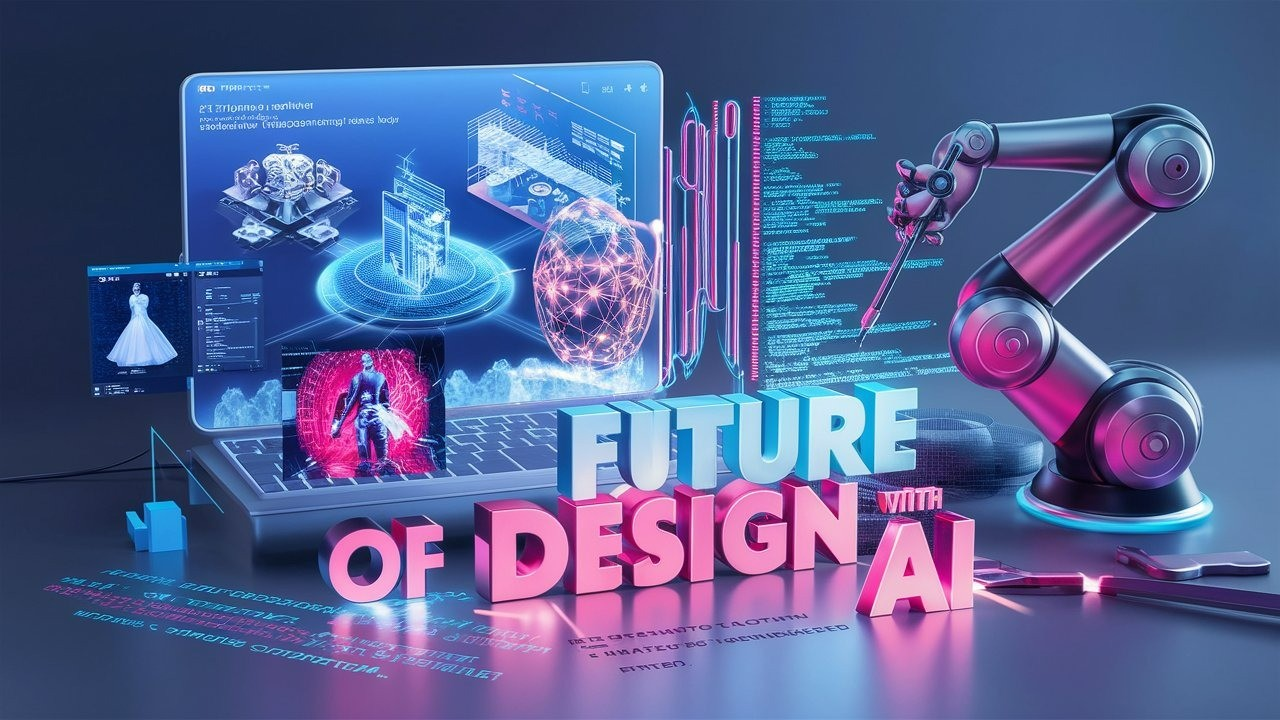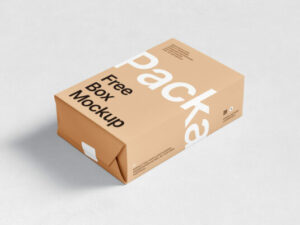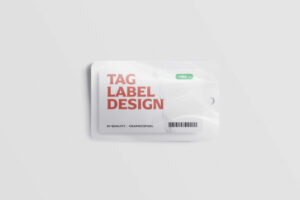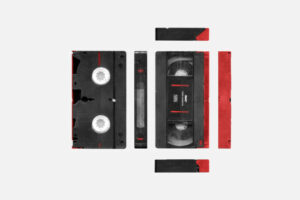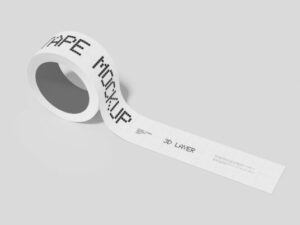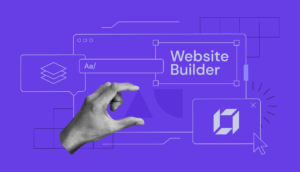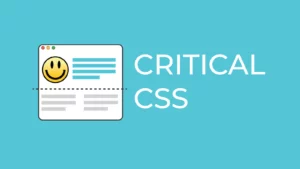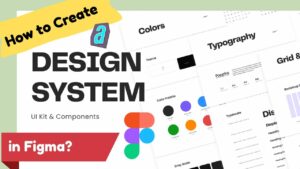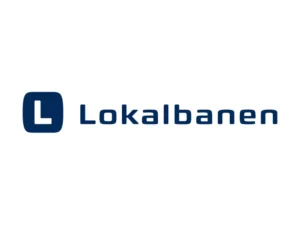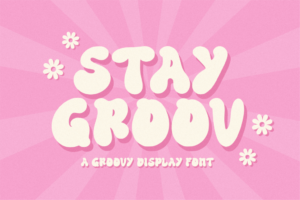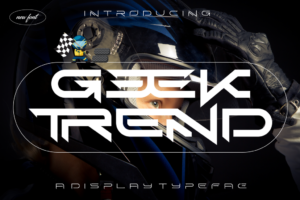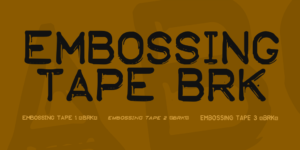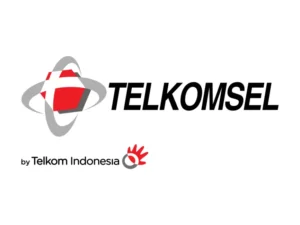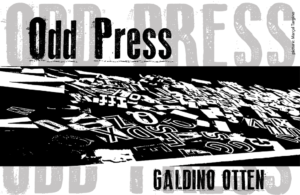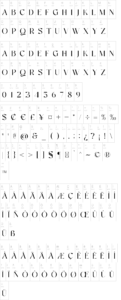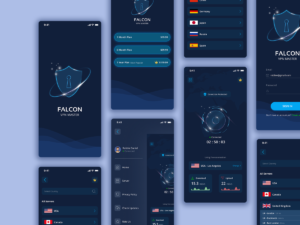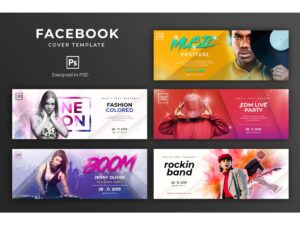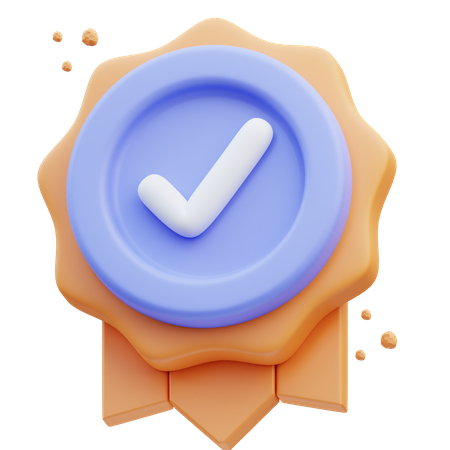Key Takeaways
- Generative AI accelerates design workflows by automating routine tasks, allowing designers to focus on high-level decision-making.
- AI tools improve creativity and efficiency, enabling designers to produce work faster and at a lower cost.
- The integration of AI into design reshapes the nature of design itself, embedding industry best practices into automated processes.
- Design leaders must understand AI’s capabilities and limitations to effectively steer this changing place and optimize design outcomes.
The Role of AI in Transforming Design Workflows
Artificial intelligence (AI) is transforming design workflows, redefining how teams create, manage, and scale projects. Imagine having a smart assistant that handles repetitive tasks, allowing you to look at the exciting aspects of design. AI automates routine processes like resizing images and organizing assets, streamlining your workflow.
With its machine learning capabilities, AI analyzes vast data sets to deliver predictive analytics, helping designers anticipate trends and user preferences. Think of it as a crystal ball that reveals what users might crave next. This insight enhances the user experience by tailoring designs to individual needs.
Also, AI enhances collaboration among team members through advanced collaboration tools. These tools simplify communication and allow real-time feedback, making the design process more efficient and innovative. As AI continues to evolve, we can expect even more sophisticated tools that not only assist but also spark creativity through generative design.
AI is not just a tool; it’s a partner in the creative process, empowering designers to push the limits of design innovation and efficiency.
Generative Design and Its Impact on Creativity
Generative Design is revolutionizing creativity in fields like architecture and product design. Imagine a world where computers craft designs based on specific parameters, much like a chef creating a dish from available ingredients. This is the essence of algorithmic design, where AI analyzes data to generate unique concepts that inspire artists and engineers alike.
Thanks to machine learning, generative design enhances aspects like material efficiency and production speed. In 3D modeling, for instance, AI produces countless design variations, encouraging us to explore ideas we might never have considered. It’s akin to having an infinite toolbox, where each tool represents a new idea waiting to be found.
As we accept these innovations, we must ask ourselves: How can we blend human intuition with AI’s capabilities?
By leveraging design automation, we can increase our creativity while ensuring our unique perspectives shape the future of design thinking.
| Aspect | Impact |
| Creativity | Enhances idea generation and exploration |
| Efficiency | Optimizes design processes and reduces waste |
Automation in Design: Enhancing Efficiency and Productivity
Automation in design is like opening a superpower that boosts our efficiency and productivity. With artificial intelligence (AI), we can automate repetitive tasks, allowing us to concentrate on what truly matters: creativity. Imagine if tedious chores vanished, leaving us free to craft stunning visuals and tackle complex design challenges.
AI tools improve workflow optimization, reducing errors and speeding up processes. Consider generative design; it uses algorithms to explore countless possibilities, much like a chef experimenting with ingredients to create the perfect dish. This not only saves time but also sparks innovation. Not only in design AI tools are excelling in content writing too.
Also, AI elevates the user experience by analyzing data to create designs tailored to specific needs. As we collaborate with these digital tools, our creative processes transform, leading to more engaging and impactful designs. With AI, we can quickly visualize ideas, repeat designs seamlessly, and transform our creative approach.
By accepting automation in design, we open doors to endless possibilities for creativity and productivity, shaping a future where human ingenuity and AI work in harmony.
Data-Driven Design: Leveraging Insights for Better User Experience
Data-driven design serves as a treasure map, leading us to create outstanding user experiences. By analyzing past interactions, we can anticipate future behaviors, crafting designs that meet user needs before they even express them. Imagine knowing what users want before they do! This is the magic of AI in design, swiftly turning raw data into actionable insights.
With predictive analytics and machine learning, we refine our designs using authentic user feedback. Think of a coach dissecting every play to improve strategies. In the same way, data visualization distills complex information, making user behavior trends clear and accessible.
Plus, design automation frees us from mundane tasks, allowing our creativity to thrive. This cooperation between human-computer interaction and design thinking fosters a more user-centered design approach. As we use these tools, the future of design becomes more personalized and engaging.
In this changing place, remember: integrating AI with design goes beyond efficiency; it enriches the human experience.
Collaborative Design Practices in the Age of AI
In the age of AI, collaborative design practices are changing rapidly. Imagine a design team as a band, each member playing a unique instrument, while AI acts as the conductor, orchestrating design innovation and amplifying creativity. How does this transformation happen?
AI tools improve remote collaboration, allowing interdisciplinary teams to connect seamlessly, regardless of location. Techniques like visualization and data-driven design decisions sharpen our understanding of user needs, elevating user-centered design. It’s akin to a chef refining a dish—constantly tasting and adjusting flavors based on feedback to achieve culinary perfection.
Also, the combination of machine learning and generative design empowers designers to automate mundane tasks, freeing up time for deeper creative exploration. By accepting agile design processes, we can repeat quickly, adapting to changes like a surfer skillfully finding your way through the waves.
AI is reshaping the very nature of design, inviting us to co-create in ways we never imagined. Are we ready to accept this new era of creativity?
The Future of Design Tools: Integrating AI Technologies
The integration of AI technologies into design tools is revolutionizing our approach to design practices. Imagine a smart assistant that not only helps with 3D modeling but also predicts user preferences through machine learning. This is the future of design, where automation ignites creativity and streamlines workflows.
AI is reshaping the creative process by automating repetitive tasks, allowing designers to focus on innovation. Tools using generative design can produce countless variations based on specific criteria, enabling rapid exploration of ideas. This shift toward data-driven design enhances user experiences and fosters collaboration within teams.
Also, the combination of AI with augmented reality (AR) and virtual reality (VR) is set to create immersive experiences, transforming how we interact with designs. As we accept this digital evolution, we must also confront the ethical implications of AI in product design and user interface development.
The future of design is not just about tools; it’s about harnessing AI to let go of extraordinary levels of creativity and efficiency.

